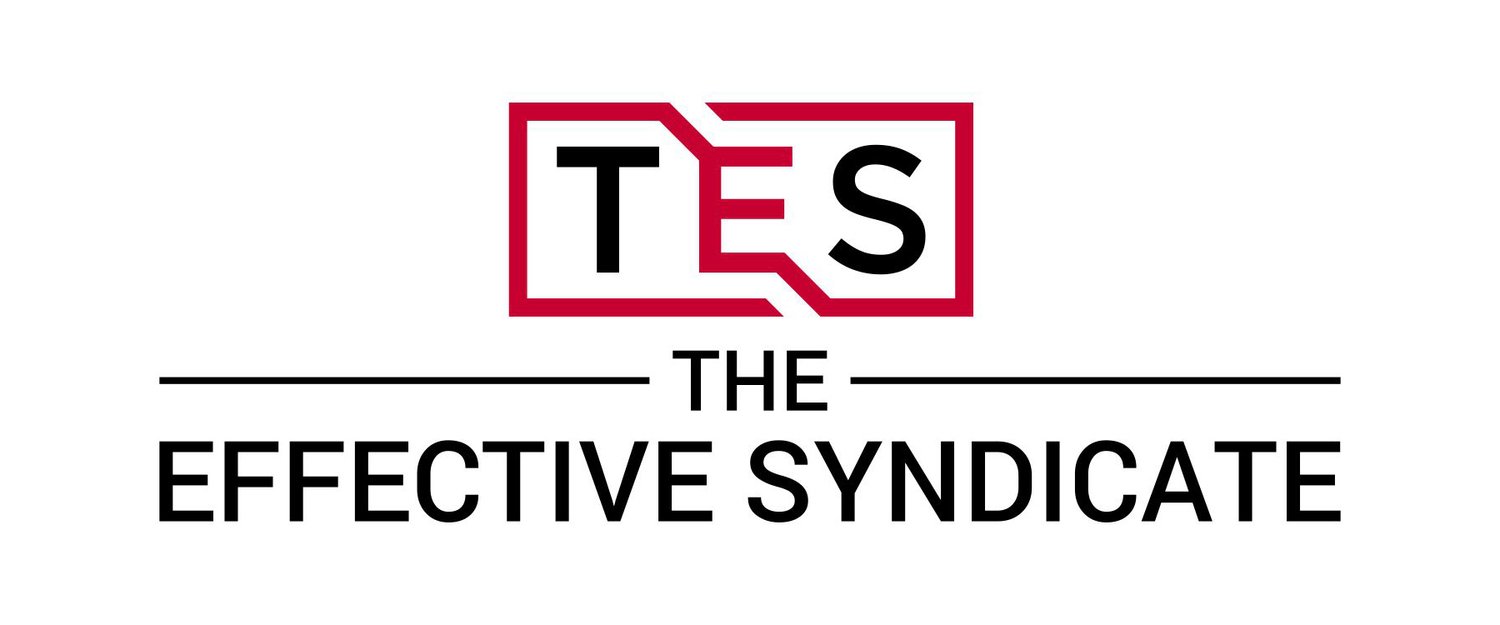Never say “That’s just the way it is.”
Nothing Kills Progress Faster than “That’s Just The Way It Is”
“Kaizen (Continuous Improvement) is a strategy where employees at all levels of a company work together proactively to achieve regular, incremental improvements to the manufacturing process.”
The first day of a Kaizen is mostly about getting a rock-solid grip on the “current state.” You are trying to guide the team to consensus on how things operate as they are, not as we wish they were. Typically during this process, you can also uncover where the gaps are within the current state and identify some of the problems holding the company, team, or organization back.
Not long after we had started the conversation to launch this kaizen, we uncovered a topic that brought a lot of energy, and people one after the other described this as a big problem. As the facilitator, I did my best to dig deep into the problem so that we could capture it as an opportunity so we could work on it later. After 10-15 minutes of discussing this topic and facilitating the conversation, I felt that the team had a pretty good grip on the problem and was ready to capture it as an action item and move on to the next portion of the meeting. However, this plan ran into the problematic wall of “That’s just the way it is.”
I was serving as an internal Lean consultant for a company early in my career at the time. On my second trip to Europe, I was facilitating this kaizen with a larger than normal group of people including the European Managing Director (MD). I liked the MD and always thought he had a logical way of thinking about opportunities and problems. However, in this instance, his and my approach to the situation could not have been more different.
He had listened quietly as his people articulated clearly how much of an issue this certain problem was, and how much frustration it caused them. How challenging the situation was and how hard this made certain aspects of their operation. He listened to people describe the data that his team had compiled, and he had listened to them describe how it negatively impacted the customers. His team was showing a ton of energy that they were all ready and excited to work on this problem (as the facilitator, this is like finding a giant gold nugget). They were also excited that it appeared that they would finally have the chance to work on it… as in, they had permission to work on it.
The Point of a Kaizen is to Find Solutions and Improve, Right?
The MD asked if he could say a few things before we moved on to the next topic. Rather than leaning into their feedback and hearing ideas on how to solve the problem, the MD instead explained why this situation was the way it was, and the reasons it needed to be this way, and basically, why it could not change. With each additional word, I watched the faces and the body language drop a little further around the room. When I found an opening, I jumped in and said something to the effect of, “Okay, thanks for bringing up those points Joe (not his real name)…” But he held us his finger and said, “Beau, I just want you to understand that some things must stay the way they are.” And with that, he sat down.
I did my best to regroup and continue the discussion with the rest of the team, but it was like dragging rocks. They were beaten down again, and they were essentially told, “Shut-up and color.” We finished the day and captured the notes from the meeting and then adjourned.
I asked “Joe” if I could come and talk to him once I packed up, and he agreed. I went to his office after all the kaizen members left and walked in and asked if I could close the door. He obliged and I said, “Joe, I think we have derailed the kaizen today and I want your help in recovering.” He asked me why I felt that way and I explained this:
“Joe, your people were frustrated and tired of this situation. They were energized about the opportunity to finally get to work on this problem and they sounded confident that they could make it better.” I paused for a minute and said, “They were all of those things until you told them that they couldn’t work on the problem. You told them that they just must live with all of the pain and frustration that they had just explained to you. What they needed to hear from you was that you were proud of them and that they were empowered to make this thing better. Instead, you basically cut my legs out from under me, and totally deflated your team.”
Joe stared at me for a minute, clearly thinking about it. He then started once again explaining why the situation was “unchangeable.” I listened to him again and said “Joe, as the leader of change, you must not allow yourself or those around you to make statements like this and accept complacency. You cannot just tell your people to accept that things suck without even allowing them to work on them. They told you how challenging this issue is for them and you essentially told them that you don’t care. I don’t think that what you intended to say, but that is most definitely what they heard.”
Challenging the Status Quo:
We discussed the situation for about 30 minutes, and I was incredibly pleased to see that Joe was listening intently and was able to see it from a different perspective. He then took the time to come in the next morning and reset the conversation with his team about this problem. Joe came into the kaizen room and apologized to his team and said something to the effect of “I’m sorry, I wasn’t listening.” He then went on to articulate how he had fallen into a dangerous and common trap of just accepting something without trying to improve it. He told the team that they were free to tackle that problem and if there was anything he could do to help them, he was all-in.
We all have the ability and problem of accepting things just because we are used to them, or because the impact on us is not bad. When someone that you work with brings something up to you and is asking for help, our role as leaders is to listen intently and then try in earnest to help them. Simply accepting things or dismissing them will not only allow the problem to grow and fester, but it will also frustrate your team greatly and harm your morale.
Your task is to listen closely to what people are talking about and when they bring up problems, do not let yourself or those around you to go into “explaining” mode.
Your job as a leader is to challenge statements like:
· “That’s the way we’ve always done it here.”
· “It’s just something we deal with…”
· “That’s just the way it is…”
Be vigilant when you hear someone articulating anything that sounds like “ ”that’s the way it is.” Your culture will move in giant leaps when leadership takes off the harnesses and encourages people to dig in and fix problems that affect them.

